Watermelon is one of the greatest summer fruits of all time, or is it? Perhaps you didn’t know this (we didn’t either), but its status as a fruit is not quite rock solid. We dug up that bit of trivia, plus many other fascinating facts about watermelon, which is currently in season in Pennsylvania. There’s a lot to learning about this incredible global (and historical) food.
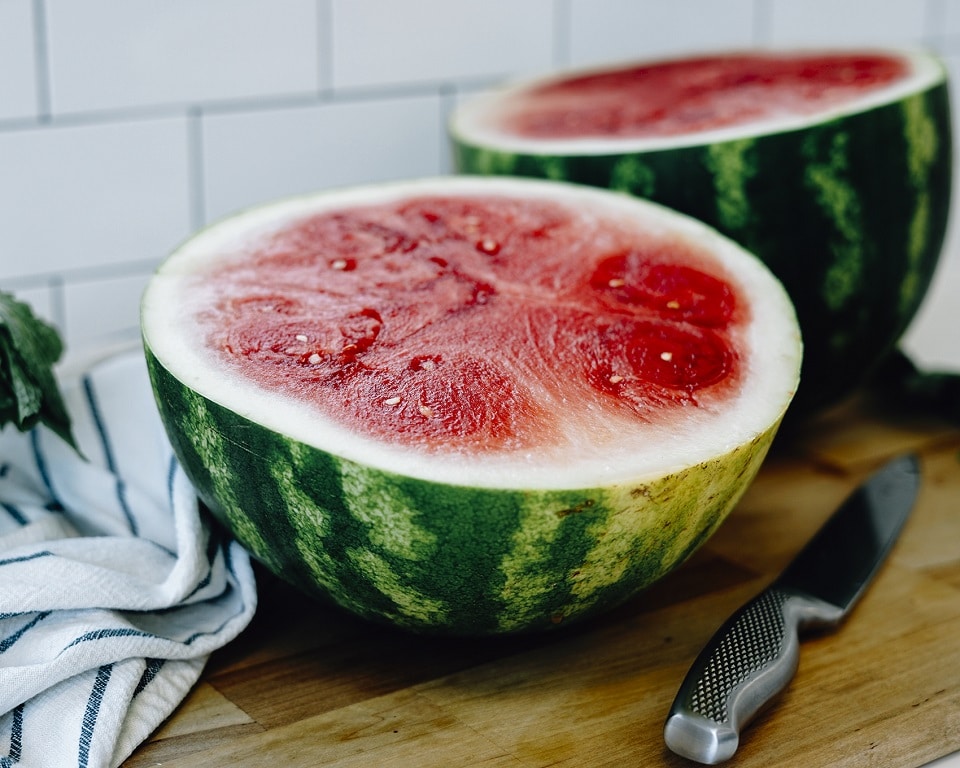
Here are 10 other interesting facts about watermelon guaranteed to impress your fellow picnic, garden party or BBQ guests. As a bonus, we developed a refreshing watermelon lemonade recipe for you to enjoy. Be sure to click over after reading and try it out!
It’s not (necessarily) a fruit.
Watermelon is actually a gourd, a member of the Cucurbitaceae family along with cucumbers, squash and pumpkins. It’s also planted from seeds and harvested in a field, like a vegetable. However, as the seed-bearing fruit of a plant, watermelon is basically like a big berry – or, fruit. So there are arguments to be made on both sides. As long as you’re enjoying it, you’re in the right.
Watermelon reduces inflammation.
Inflammation makes us feel flushed, swollen and uncomfortable in the short term and contributes to asthma, atherosclerosis, diabetes, colon cancer and arthritis over time. Watermelon fights inflammation with an arsenal of goodies like lycopene, beta-cryptoxanthin, antioxidants and vitamin C, which have powerful anti-inflammatory properties. Over the long term, a reduction in inflammation and oxidative stress reduces our risk of chronic disease.
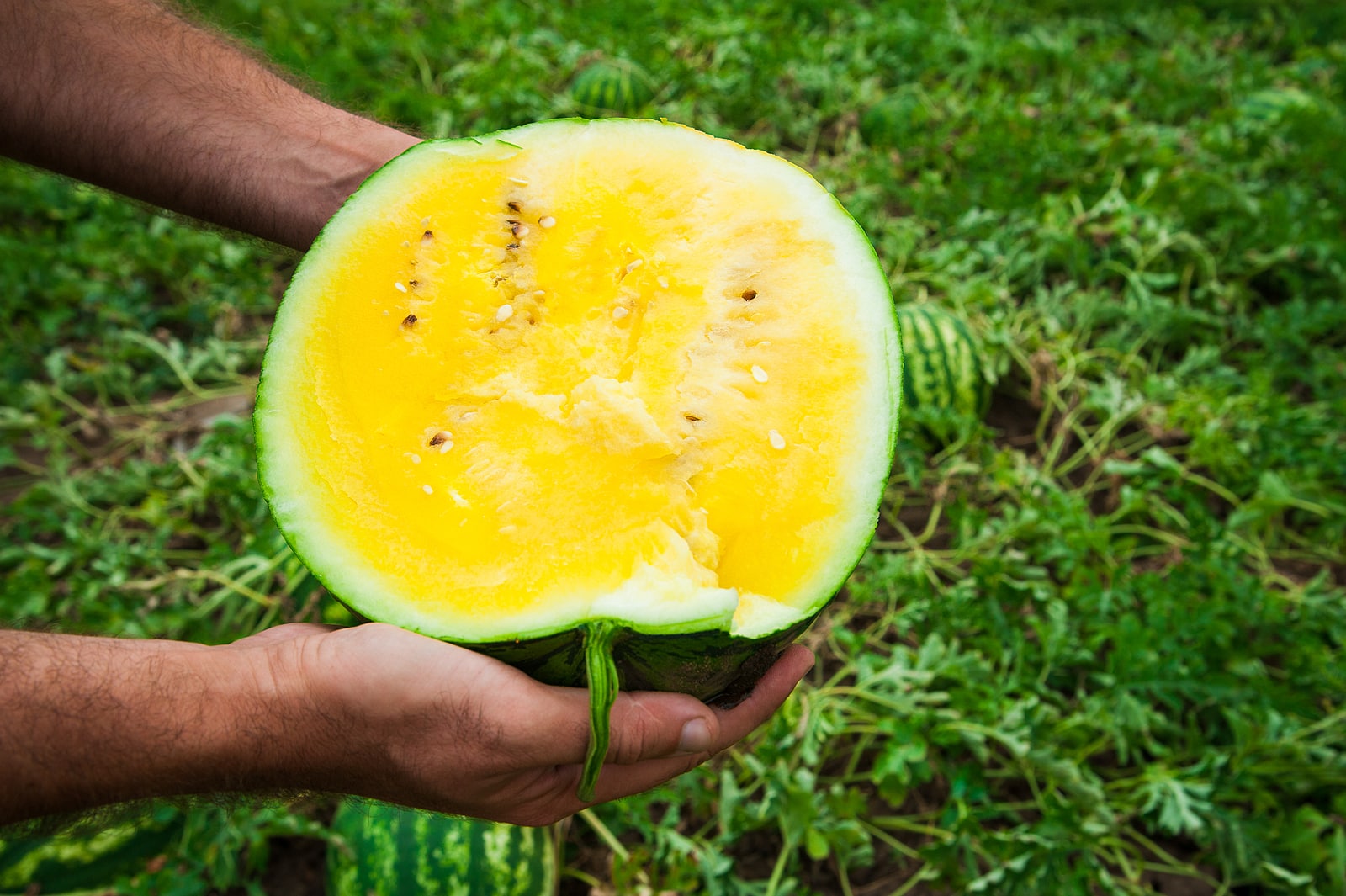
There are 1,200+ varieties.
Watermelon is grown worldwide and there are well over a thousand varieties to choose from. They all fit into four categories: seeded, seedless, mini and yellow & orange, all of which can be grown in Pennsylvania. The most common PA watermelons are seeded and seedless, with names like Crimson Sweet, Gypsy, and Sangria. Look for Yellow Doll, too!
It’s an ideal health food.
For very few calories (46 per cup, to be exact), watermelon delivers a huge amount of vital nutrition. It covers about 15% of your daily vitamin C needs in addition to plenty of vitamins A and B6 and potassium. It’s high in fiber and has zero fat or cholesterol. It boosts immunity, aids digestion, supports healthy skin and eyes among dozens of benefits.
Watermelon was once bitter.
5,000 or so years ago in the Kalahari regions of Africa, watermelon’s ancestors were used for hydration, rather than as a treat. The flesh is thought to have been bitter until the melon made its way to Egypt, where it was cultivated over time to be the sweet food we enjoy today.
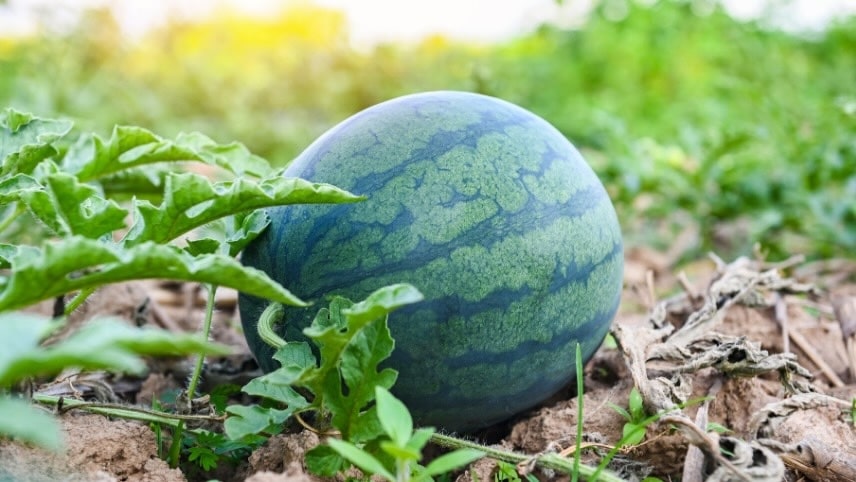
Watermelon is grown in nearly 100 countries.
The beloved melon is grown in 96 countries on all continents except Antarctica. The largest producer of watermelon, by far, is China, producing about 60% of the world’s watermelons. Turkey and Iran are second and third, respectively, and the U.S. ranks 7th, growing about 3.4 billion pounds annually valued at $500M. In Pennsylvania, growing zones 5a through 8a, watermelons hit their peak between July and October.
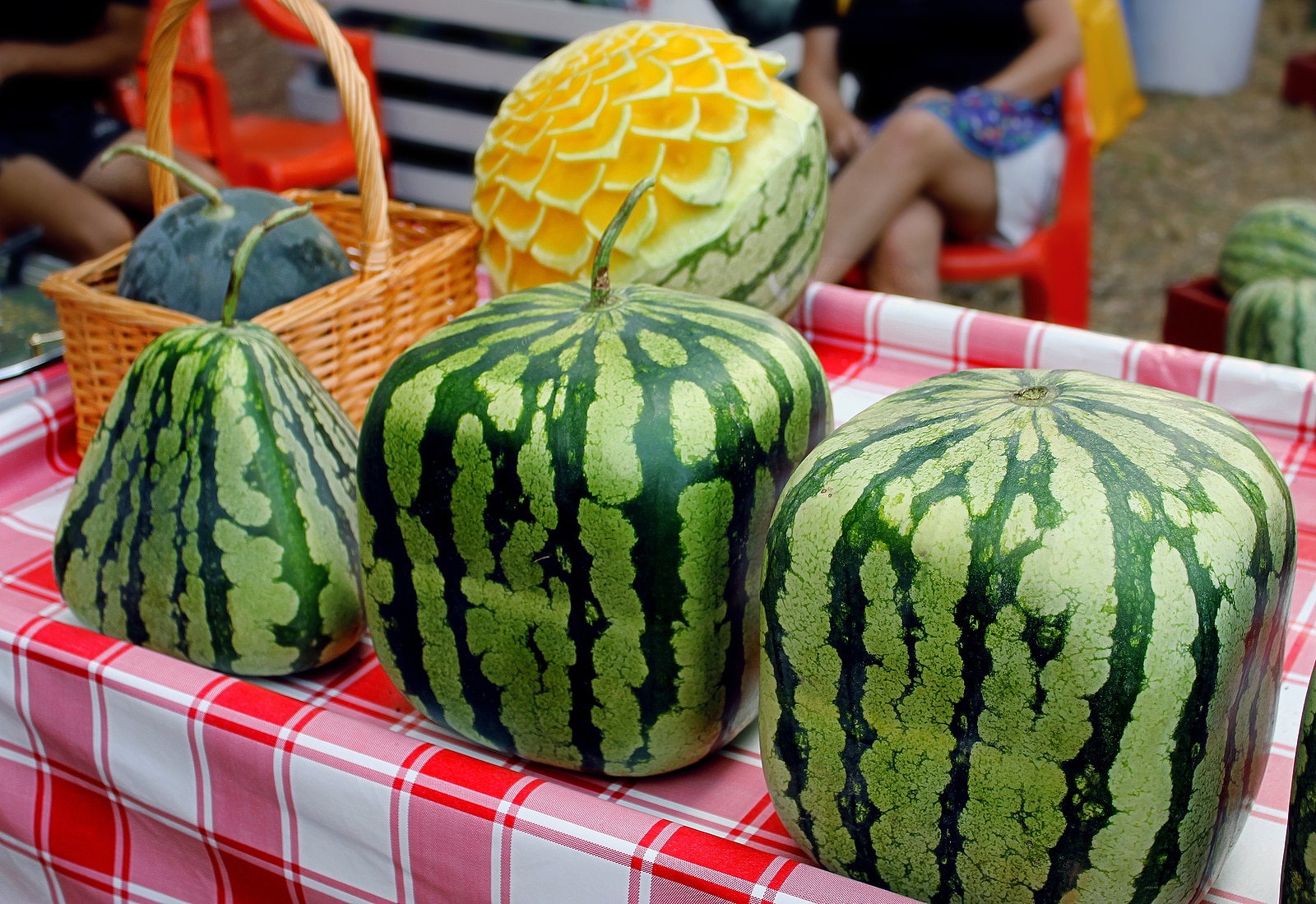
There are square watermelons.
In Japan you can find the popular, though cost-prohibitive, cube watermelons. Created in 1978 by a Japanese graphic designer, these watermelons are grown in a box to achieve their cubic dimensions. They were first used for practicality as they pack easily into refrigerators and don’t roll when you try to cut them. However, since they must be harvested before ripeness, they’re not very edible. The cute factor remains, and these are now more of an expensive novelty and gift, found in pyramid and heart shapes as well.
Watermelon is commonly paired with feta cheese in Mediterranean cuisine.
If you know, you know. Watermelon and feta are one of the most magical pairings imaginable. The salty, tangy, sharp flavors of feta are yin to the sweet, sugary and soft profile of watermelon. They are a great snack as a duo and make a fantastic salad when combined with leafy greens, red onion, cucumber and a bit of olive oil and balsamic. However you decide to enjoy them, watermelon and feta are a truly winning combination.
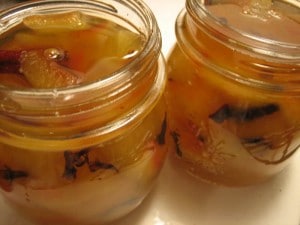
Watermelon was in the first-ever American cookbook.
In 1796, the U.S. published its first cookbook, “American Cookery,” by Amelia Simmons. Inside was a recipe for watermelon rind pickles. It involved soaking them overnight in a briny saltwater, then simmering them with cloves, cinnamon and vinegar before jarring in a sweet syrup with maraschino cherries.
The entire thing is edible.
Every part of a watermelon is edible, even the seeds and rinds. Contrary to lore, the seeds are not only safe but healthy to eat. They contain protein, zinc, magnesium, amino acids and more. Similar to the flesh, the rinds have antioxidants, vitamins and minerals, some in higher concentrations. To eat the rind, you might wish to soak it in vinegar and pickle it, or chop and stir fry it.

What an amazing fru … vegetable!? To help us celebrate watermelon in true style, enjoy a sip of summer with a refreshing and easy recipe for Frozen Watermelon Lemonade. Cheers!
- Feature photo: Jenny Pakradooni for Dish Works
- Watermelon in grass: Canva
- Other photos: Bigstock
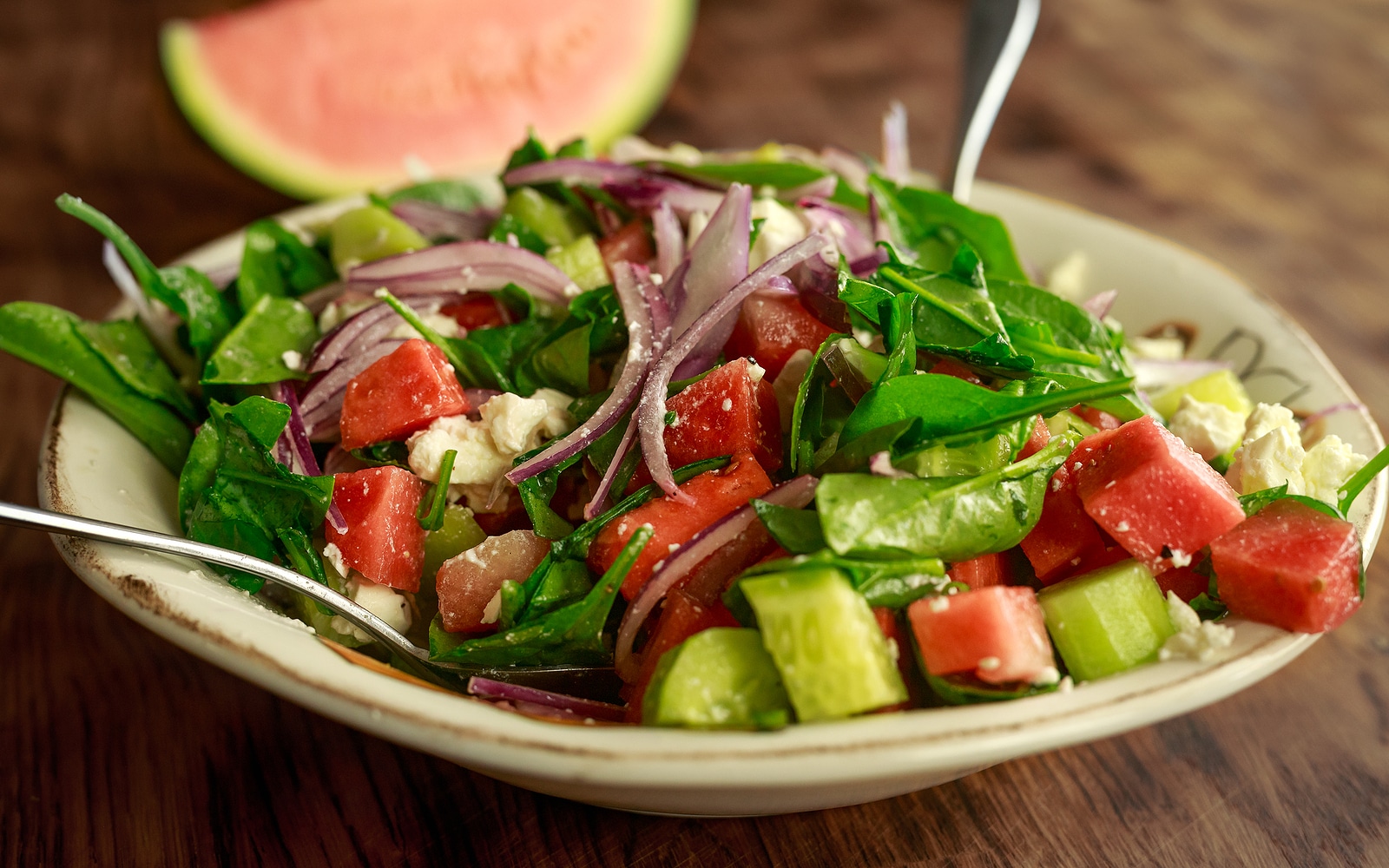

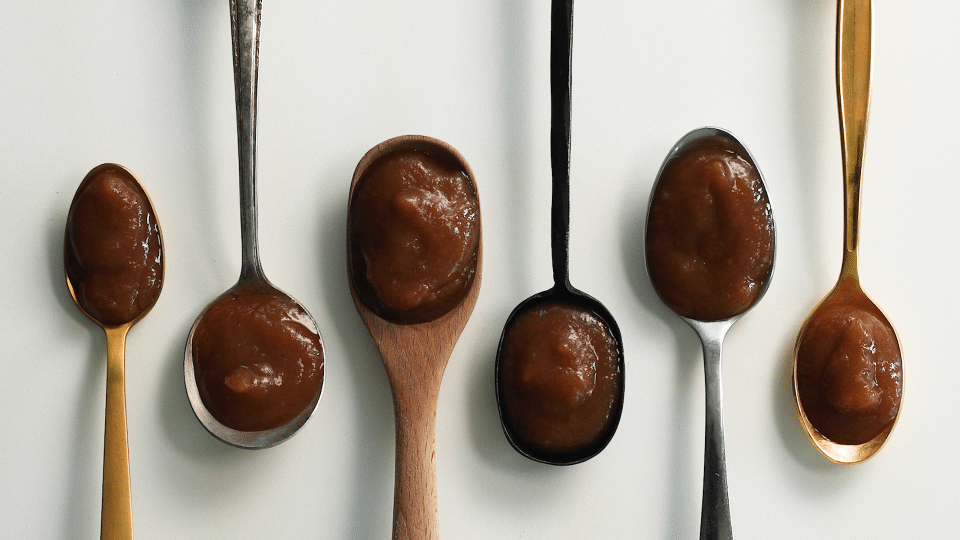
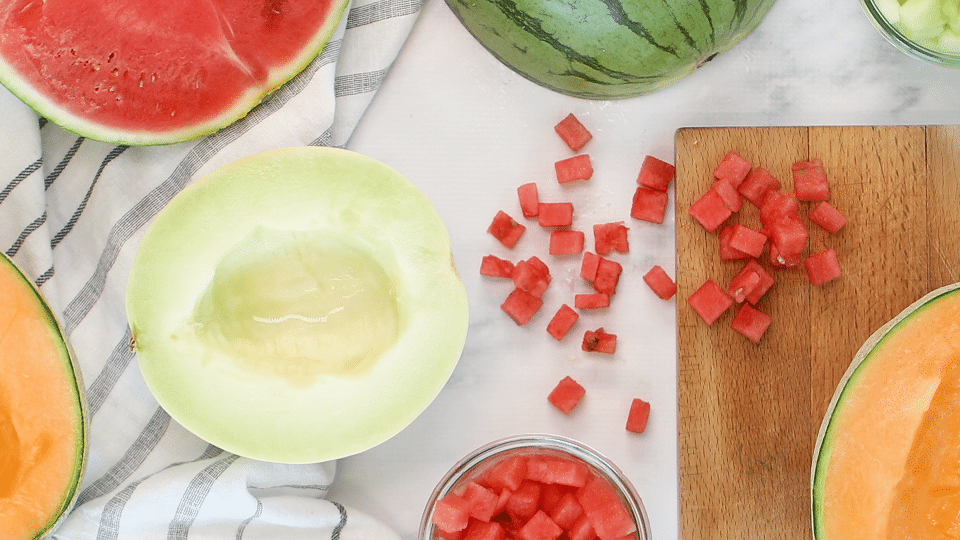


59 Comments